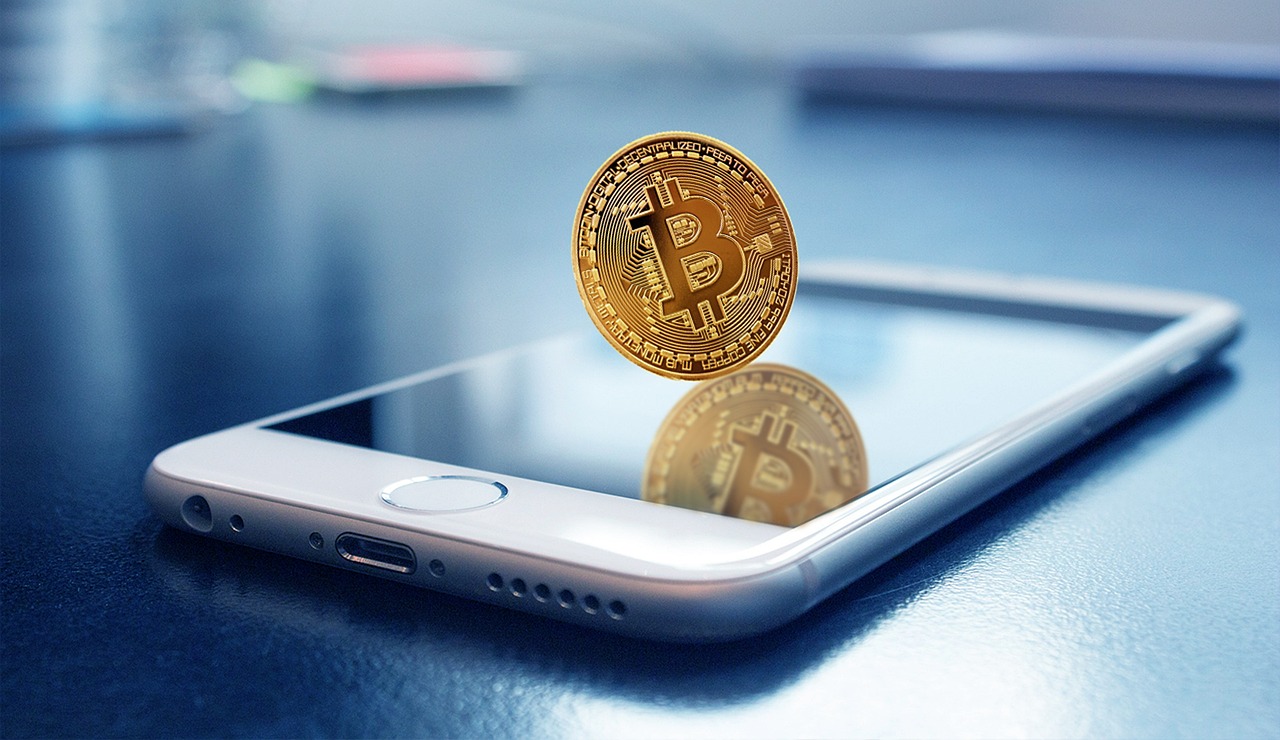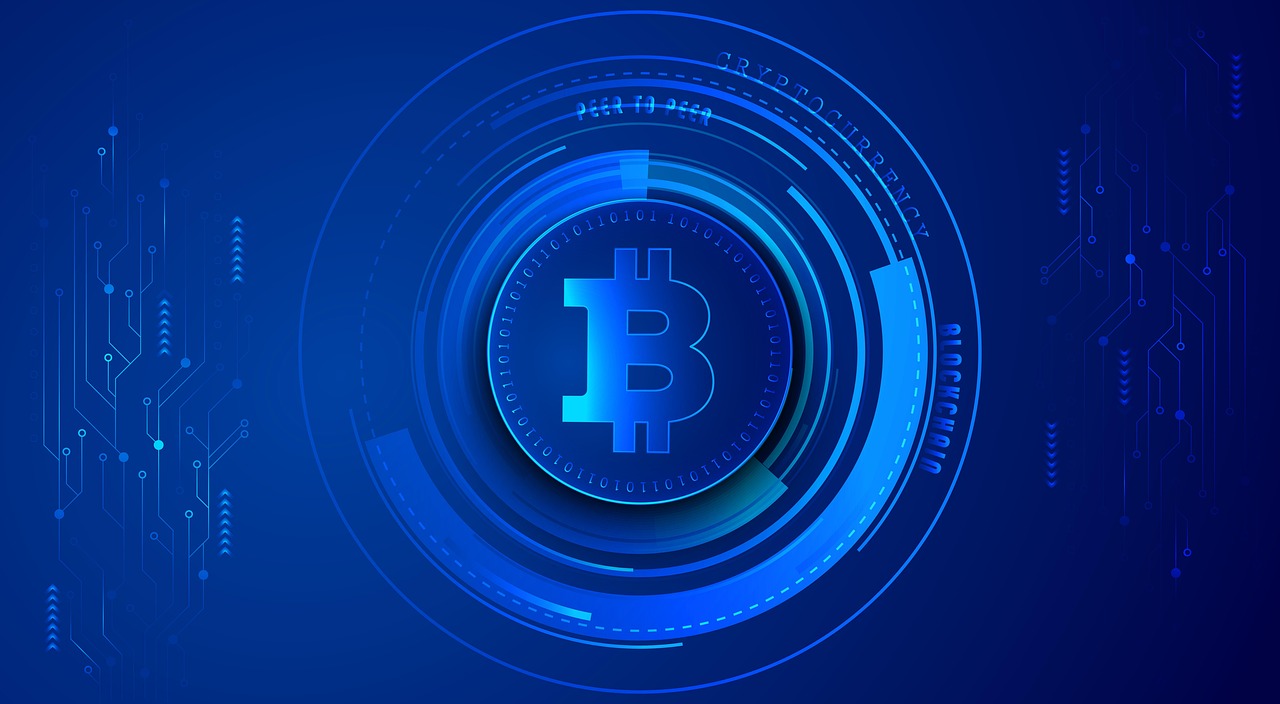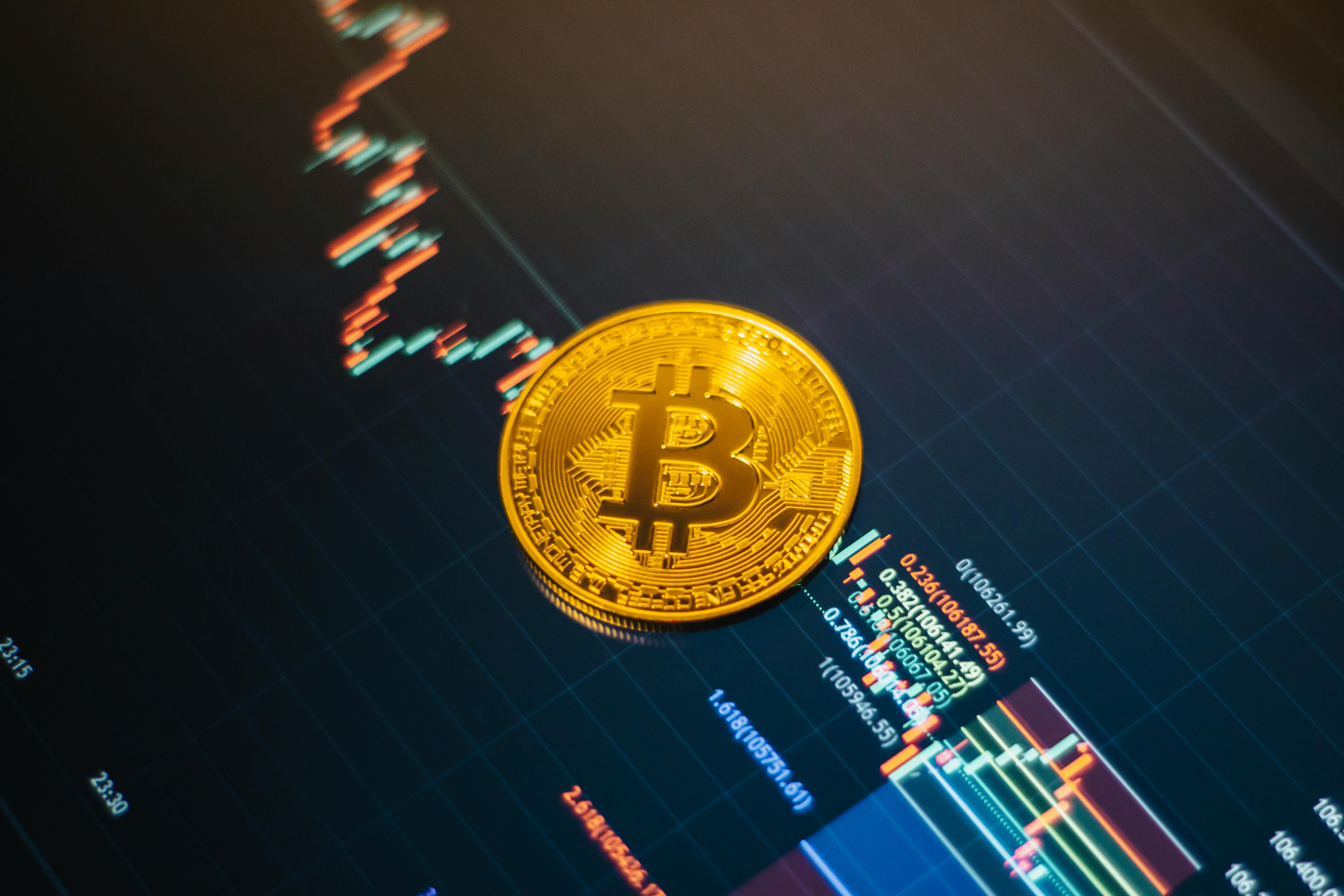2024-09-13 10:55:02
What Is a DApp?

Applications that operate without the control of regulators or the companies that created them are called decentralized applications. They are built on blockchain, which increases the transparency and security of their application.
In this article, we’ll take a closer look at what DApps are for, what they are, and what their pros and cons are.
Content
How Do Decentralized Applications (DApps) Work?
While standard platforms are managed through servers belonging to the owning companies, DApps are applications that use a distributed network of nodes (nodes) to perform their functions. This makes them more resistant to censorship and external interference.
At the heart of most applications are smart contracts that automatically perform programmed actions when events occur. Many DApps have their cryptocurrency that users use to pay for services within the app, offset the cost of “gas,” and for voting.
Benefits of DApps
Why do many users choose decentralized apps? Let’s take a look at their pros:
Autonomy
Smart contracts allow DApps to operate without intermediaries and third-party control.
Security
Blockchain protects against hacking and fraud.
Transaction transparency
Network participants can see and verify financial transactions executed in a DApp.
Anonymity
You don’t need to register to start interacting with the app. Just connect a cryptocurrency wallet to it, such as Metamask, Trust Wallet, Coinbase Wallet, or any other. It will also act as a transaction signer.
Disadvantages of DApps
If you decide to use a decentralized app for the first time, you may find it complicated. Let’s consider the main disadvantages:
Low performance
DApps can run slower than regular applications, especially when the network load is high.
Limited features
The functionality and usability of standalone apps are often inferior to their centralized counterparts.
Dependence on the blockchain network
The operation and cost of decentralized platforms depend on the blockchain network conditions. High transaction fees are often a barrier for users.
Popular DApp Categories and Examples
Decentralized applications differ by specialization and purpose. Let’s take a look at the main types of DApps with examples:
Decentralized Finance (DeFi)
DeFi applications allow you to perform monetary transactions without intermediaries in the form of banks. They allow you to borrow and lend money, trade digital assets, and earn interest income. Examples: Uniswap (stock exchange), Aave (lending platform).
Game applications (GameFi)
These are NFT games and other DApps for entertainment and earning. Participants can trade game assets, participate in competitions, complete tasks, and receive rewards in the form of tokens. Examples: Axie Infinity and Decentraland games.
Management and voting
Users can evaluate developer proposals, make decisions, and together determine the future of projects. Examples: Aragon (a platform for creating DAOs), Snapshot (a voting platform).
How to Create a DApp?
Once you understand what is a DApp, you can try to create such an application yourself, but you will need programming and analysis skills, as well as time and money.
The procedure for creating a DApp includes the following steps:
- Defining the goal: You should clearly describe the problem you want to solve.
- Choosing a blockchain platform: Ethereum is considered one of the best options due to its feature of smart contracts, but there are other solutions, such as Binance Smart Chain and Solana.
- DApp development: Write and test the smart contract code, making sure it is secure and correct, and then create the user interface and connect the app to the blockchain.
- Deploying the DApp: Test the app’s functionality in Testnet and then port it to the main network.
The Future of DApps
Autonomous platforms are expected to be as popular as their traditional counterparts. They will find their place in various industries, from fi
FAQ
The use of blockchain, independence from central authorities, voting, and collective decision-making are the main distinct features of decentralized platforms.
You can use them for gaming, cryptocurrencies, trading, and digital voting.
DApps use blockchain, smart contracts, and distributed networks to store data.
Need to sell USDT for UAH?
At ObmenAT24, you can make a deal online and offline. We provide data protection, efficiency, and favorable exchange rates.



